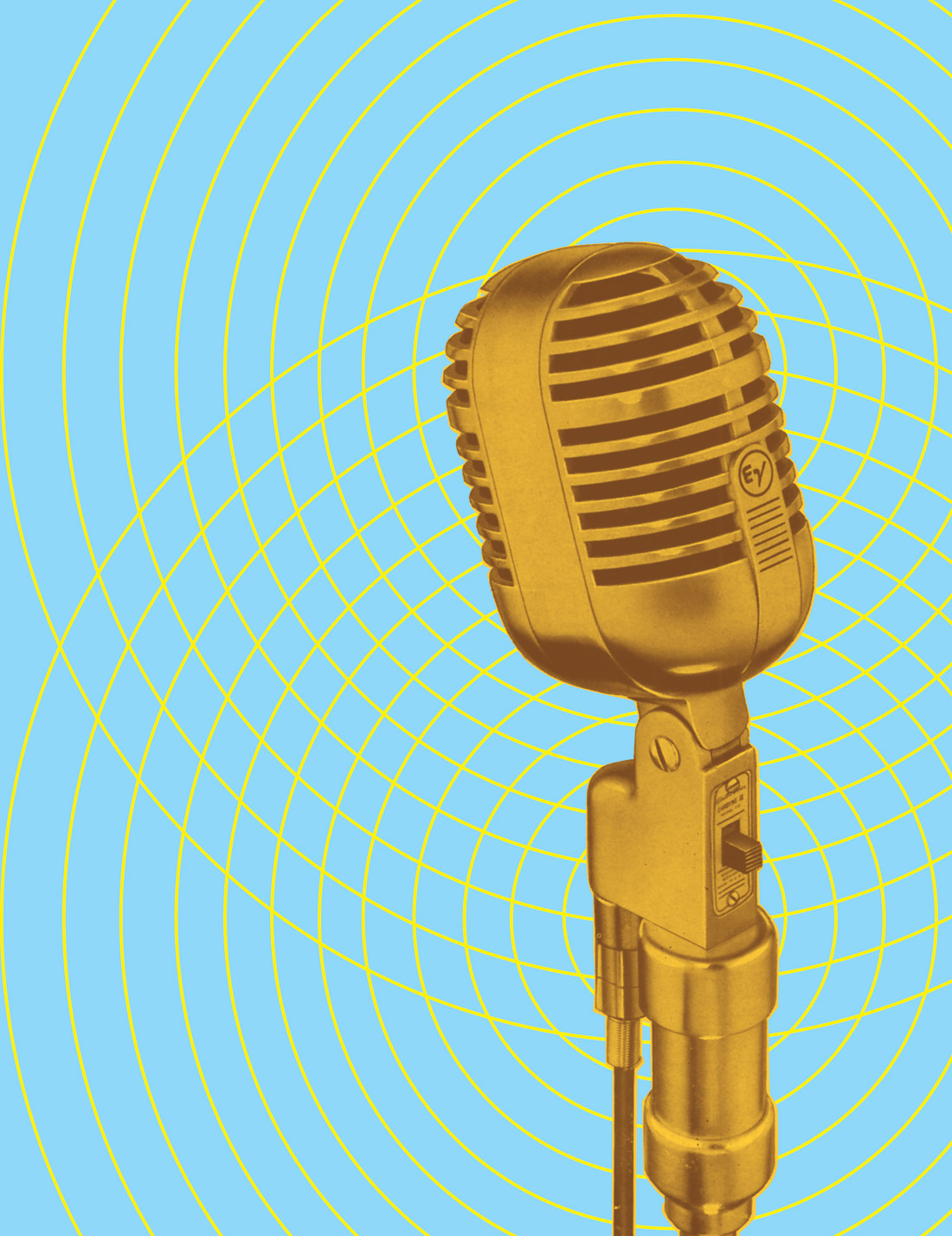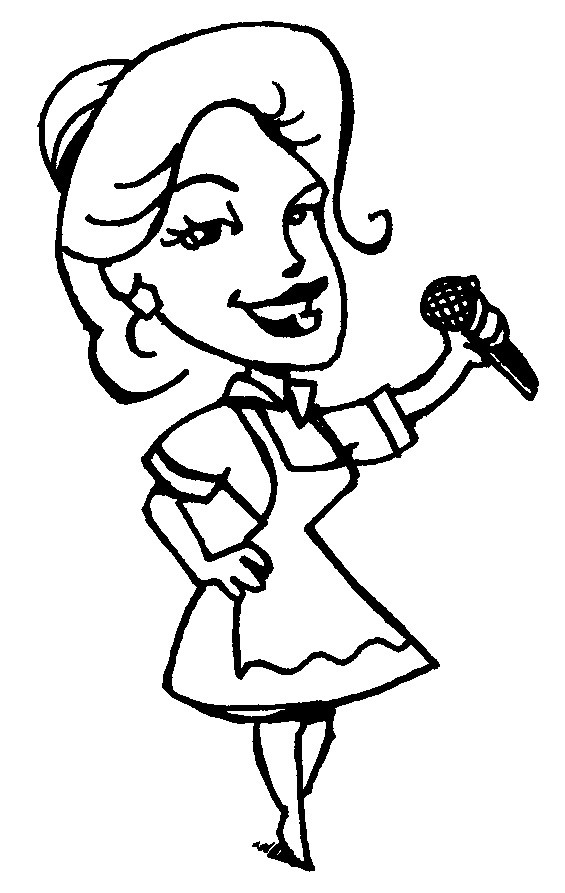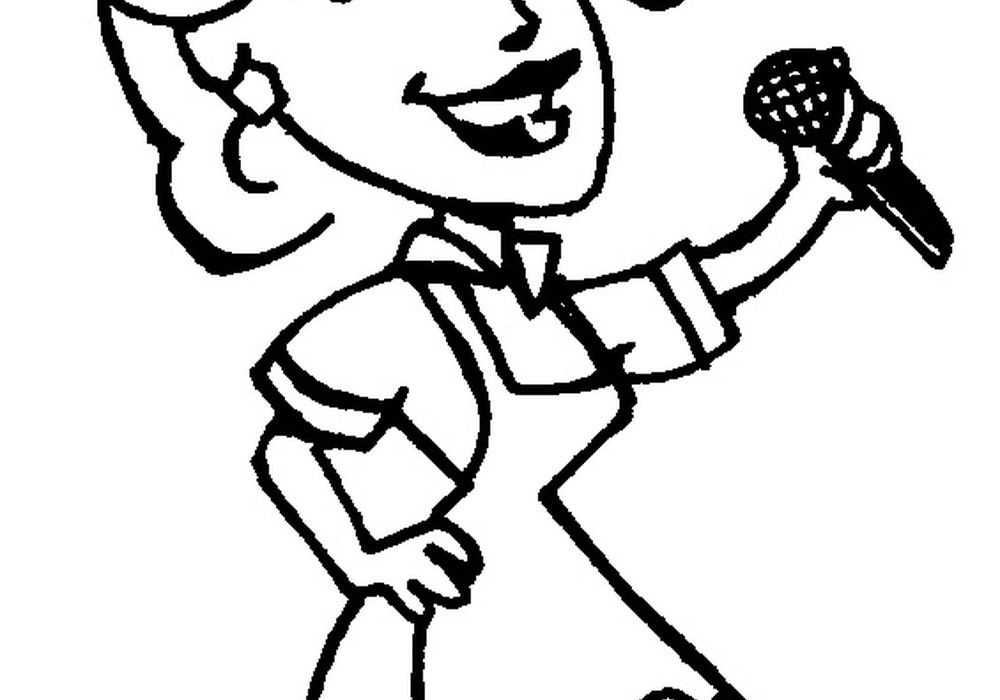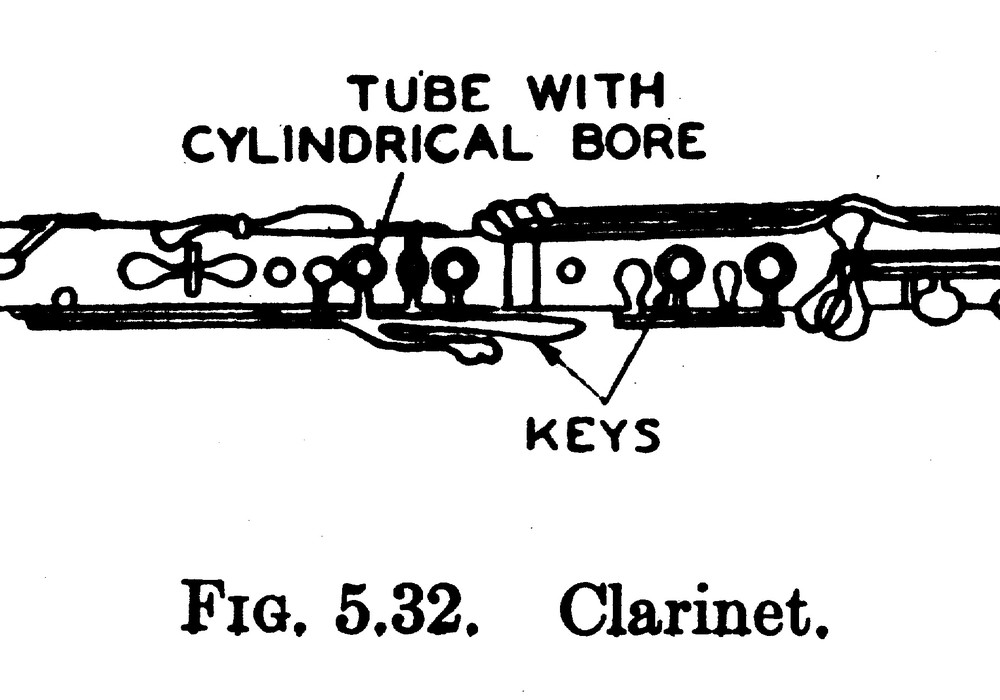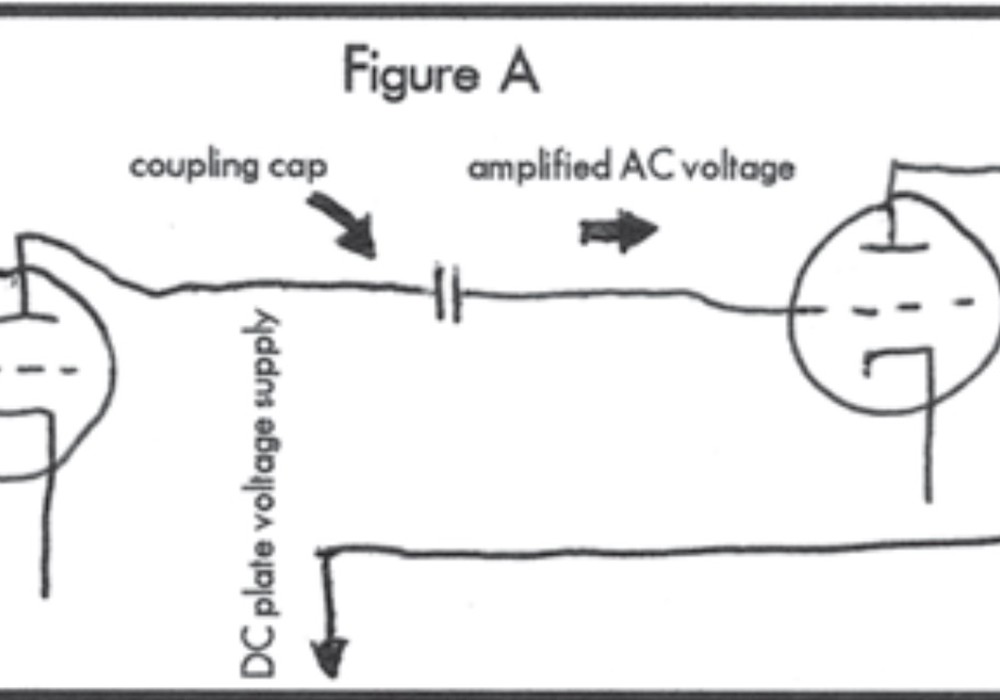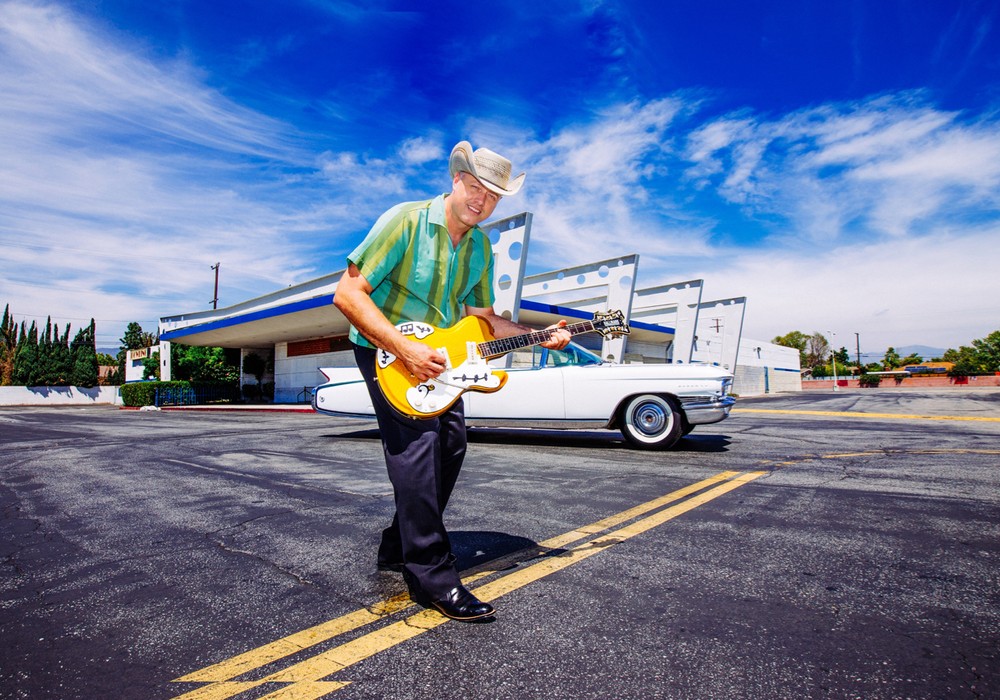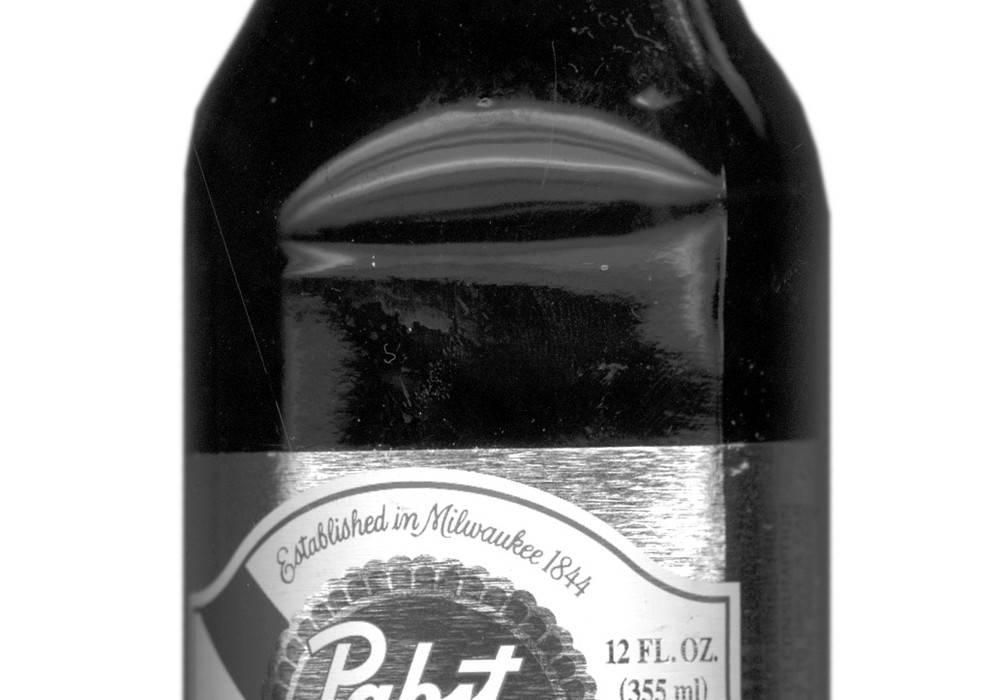In 1995, I had my first opportunity to try a musical experiment I'd been concocting in my head for a good 10 years. In short, the idea was merely to record some improvised music. In long, it's been an attempt to create a situation in which a group of musicians spontaneously write and perform pieces of music that sound like they were preconceived and/or prewritten. It is the antithesis of "jamming." It's composition. Needless to say, it's been an elusive prize to create and capture. Each session (I've done 14 so far) has been recorded onto an ADAT or two. One nice thing about this medium for this situation is that I can let tape run almost the whole session without worrying about tape costs adding up. Afterwards, I can mix the whole thing down and try to push and pull a little more coherence out of it. Eventually, I'll probably end up dissecting some of these things in a digital editing program. But my hope is to not have to-for it to happen the way I want it to while we are performing live.
A big part of these sessions is their preparation. You have to plan where to do it, who to invite, what instruments to use, where they're going to be positioned, and what mics to use. On top of that, making sure you have enough recording tape, snacks and beer is not to be overlooked. The goal of being prepared is to make it seem NOT like a recording session. People love to stroll on in and just start playing with a minimum of fuss.
Each time I do one of these improv sessions, I learn something new. And that knowledge is then applied to the next one. I make notes, draw diagrams, and take pictures to help me remember the details. In this Recording Recipes, I'm going to go through the first seven of these sessions and list out what ingredients went into them and what the results tasted like. Regardless of whether or not you're into this kind of music, there's definitely tips and tricks that can be gleaned and applied to where you need them.
Improv #1 — 11/28/95
Participants: 8
Space: The Shed — a 9' x 12' x 8' room with carpeting on the floor and walls, and foam on the ceiling.
Recording set up: I hung two PZMs in the center of the room in a stereo configuration and four dynamic microphones each pointing at a different corner of the room. Each corner had two musicians and two similar instruments (two hand drums, two acoustic guitars, marimba and glockenspiel, cello and banjo). This was an attempt to produce a doubled-quartet sound by having each duo try to play as one person.
Lesson(s) learned: Each participant had to be able to think ahead and play on time at the same time to achieve our goal. If they weren't able to do this, they would drag the whole performance down. I also learned that the mic setup made for a great quadraphonic playback, especially when we walked in a circle around the room while playing. Lastly, I learned to never invite anyone who's going to ask to play something less "out there"-poison.
Improv #2 — 4/14/96
Participants: 3
Space: The Living Room — a 12' x 25' x 10' room with wood floors, plaster walls and lots of broken planes.
Recording set up: There were two percussion stations and an acoustic guitar. The percussion was captured with a dynamic mic on each station and a PZM in between to capture the room sound. The guitar had a condenser mic on it. We barricaded the guitar with a couch to isolate it a bit from the percussion. Also, a click track and headphones were used.
Lesson(s) learned: Using less instruments and a click track made it easier to keep the tempo solid and more satisfying to go back and overdub on these recordings. I filled in the arrangement with bass and more percussion later. This, however, took the recording away from the original intention and it came off a little less spontaneous feeling. I cut the treble and boosted the bass on the PZM track. and it helped bring out the lower tones of the percussion.
Improv #3 — 5/25/96
Participants: 3
Space: The Living Room
Recording set up: Electric guitar, piano and bass were the instruments used. The bass went direct. The guitar amp was mic'd and placed on the opposite side of the room from the piano. PZMs were used in a stereo setup between the guitar and piano. Again, a click track and headphones were used to help with tempo.
Lesson(s) learned: For this kind of recording, relying on a click track for rhythm support and wearing headphones ended up feeling more restraining than helpful.
Improv #4 — 8/30/96
Participants: 4
Space: The Living Room
Recording set up: A piano, banjo, marimba and cello were each closely mic'd. Two PZMs, again in stereo, divided the group spatially. The piano and marimba were on one side, and the cello and banjo were on the other.
Lesson(s) learned: Having at least four people helps keep things more solid, eliminating the need to resort to a click track. Keeping the instrumentation diverse helped everyone find their place in the mix. The PZM setup helped reinforce this.
Improv #5 — 11/8/96
Participants: 5
Space: The Living Room
Recording set up: This session was essentially the same as with the previous improv. The additional person played percussion and helped anchor everything.
Lesson(s) learned: Discussing dedicated roles prior to recording (you're the leader, you're the follower, you're the glue, etc.), made it easier for everyone to understand how their instrument fit into the big picture. With the additional person, though, separation of the instruments became harder to achieve because of space limitations. So we spread out into the room's corners. But then everyone had a hard time hearing the other instruments. Thus, the performance turned out a bit more sloppy and tentative.
Improv #6 — 12/6/96
Participants: 4
Space: The Shed
Recording set up: Once again, a stereo setup of instruments was used with the PZMs in the middle as room mics. Electric guitar, cello, and percussion were closely mic'd. A keyboard was sent direct. Also, we set up two vocal mics.
Lesson(s) learned: Trying to capture vocals turned out to be a mess. The two vocal mics ended up picking up so much room sound (even when they were being sung into) that they negated the PZMs. Moving back into the smaller space helped everyone hear each other better, though.
Improv #7 — 1/11/97
Participants: 6
Space: The Shed
Recording set up: Two stereo keyboards (direct), bass (direct and mic'd), electric guitar (mic'd), drum set (in stereo), percussion, three vocal mics, and the PZMs made this the most complex session yet.
Lesson(s) learned: Too much is too much. But it was fun to overdo it. In general, the problem here was too many mics in a small space. In a nice big room with headphones and baffles between the instruments, this would have been a perfect set up. Also, with six people and lots of electronics going, it got really hot and claustrophobic in there. Creativity and technical proficiency tend to freeze up under those circumstances.
